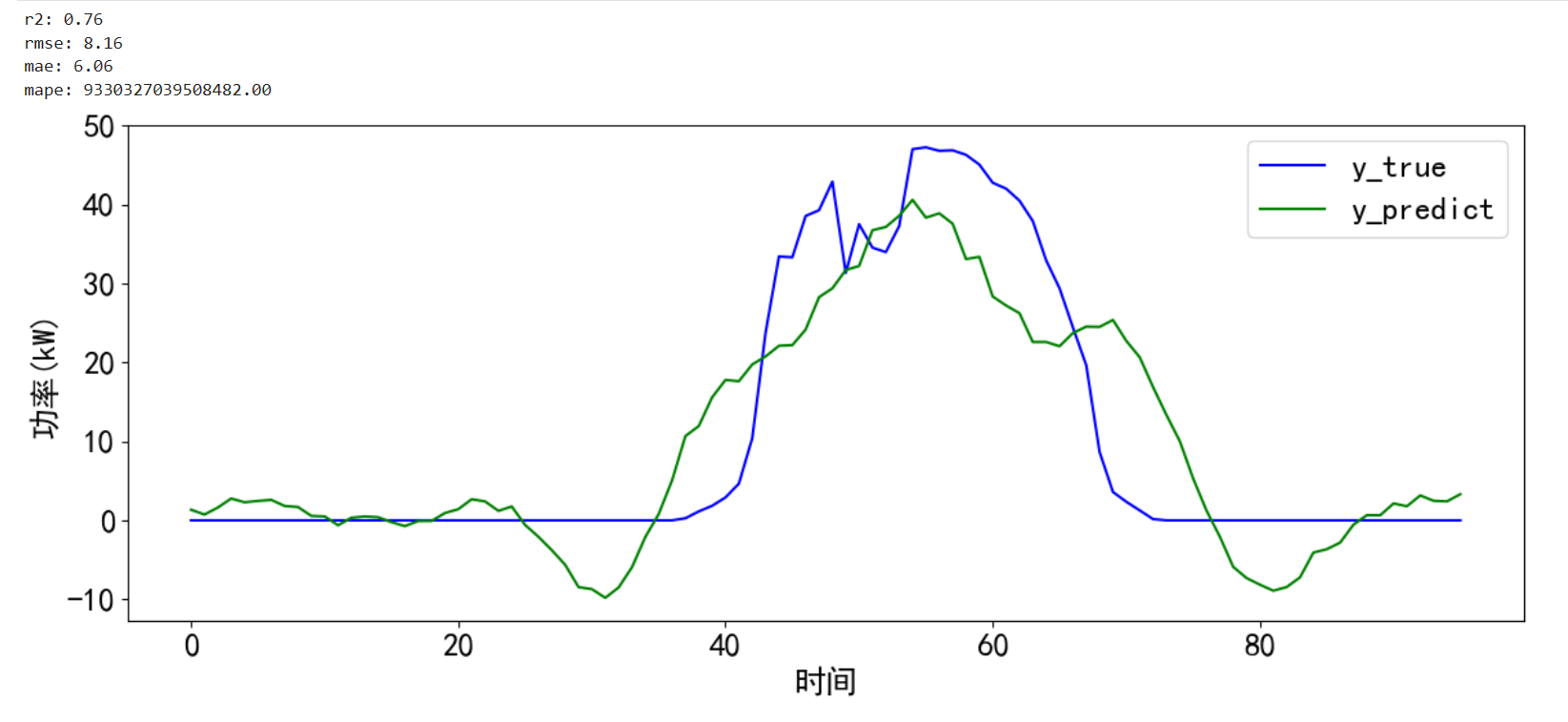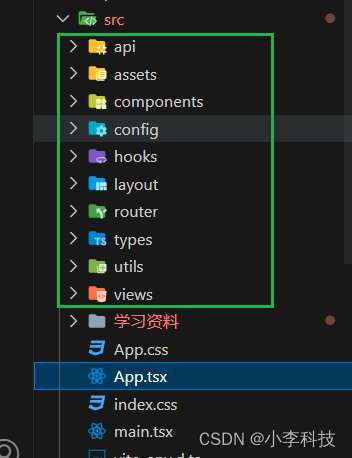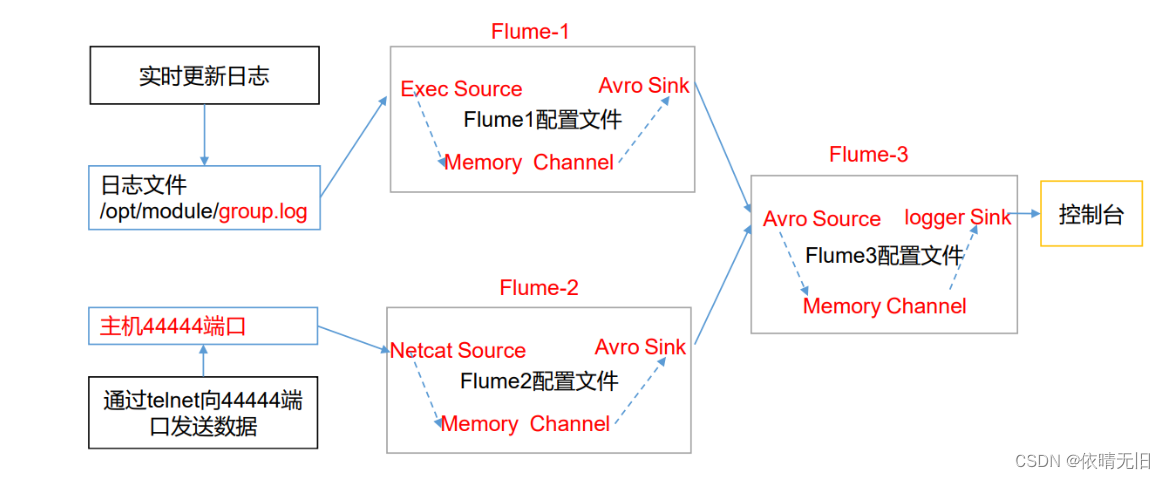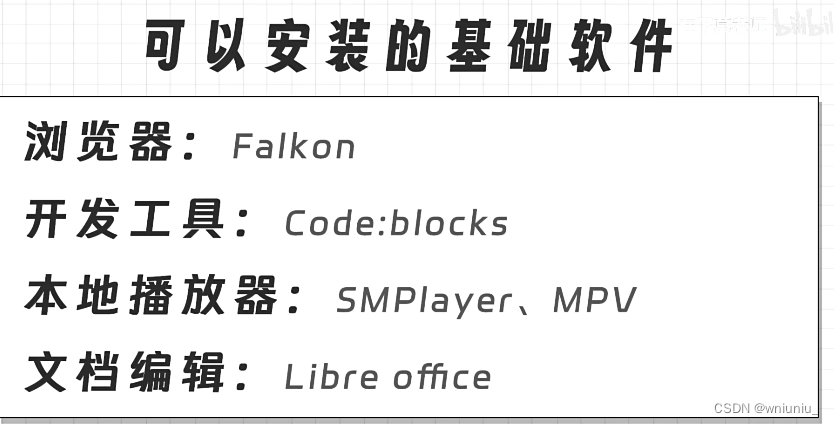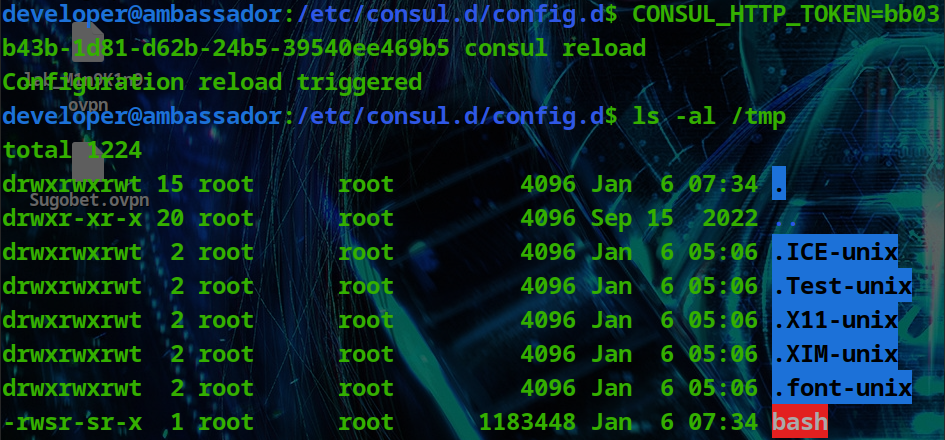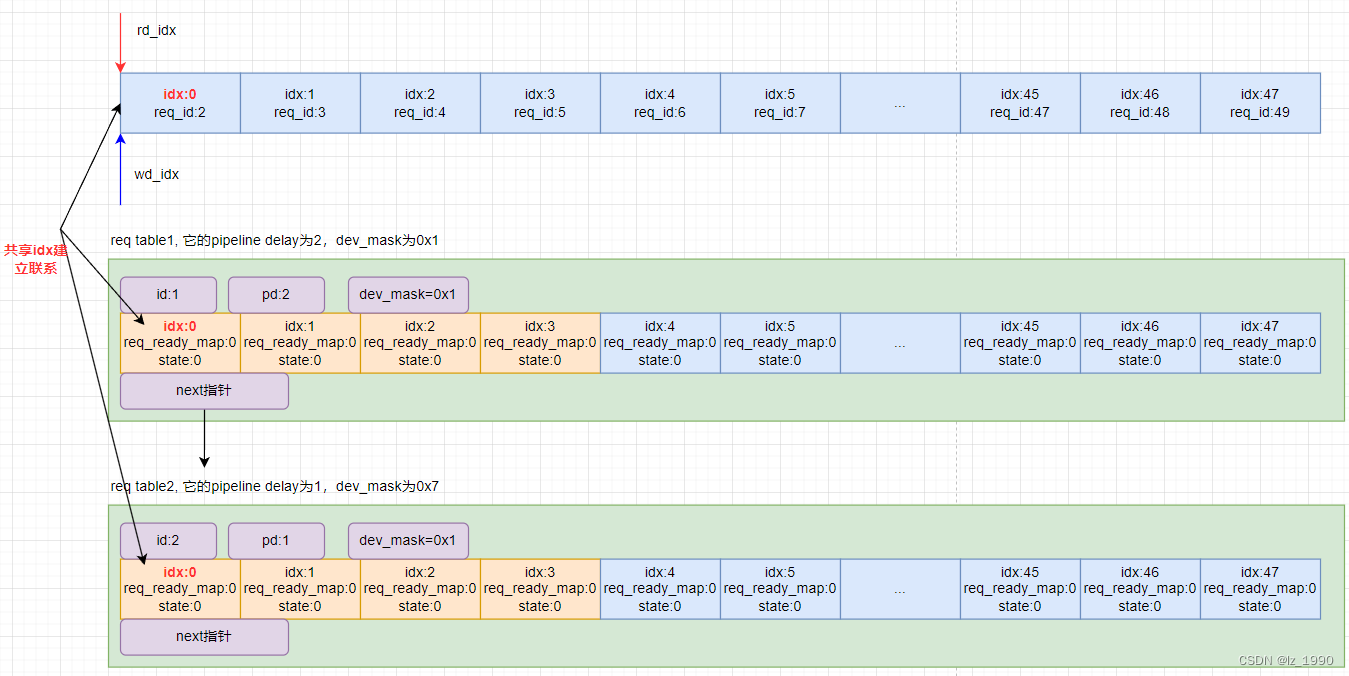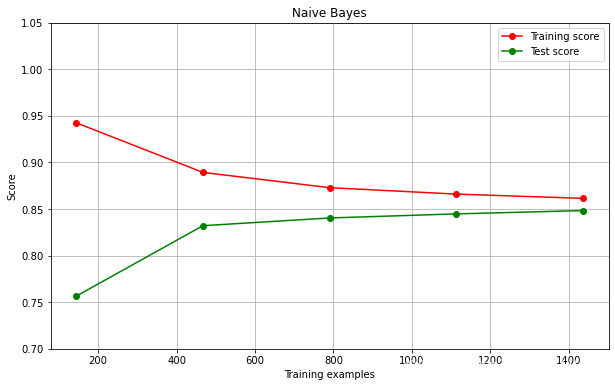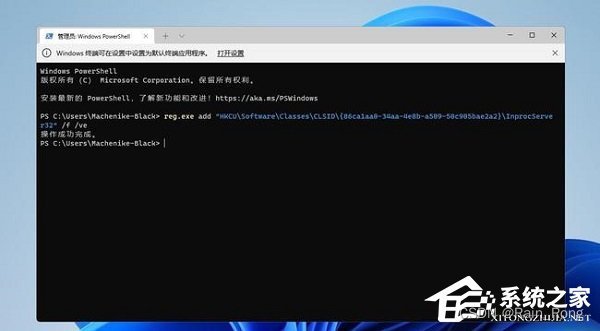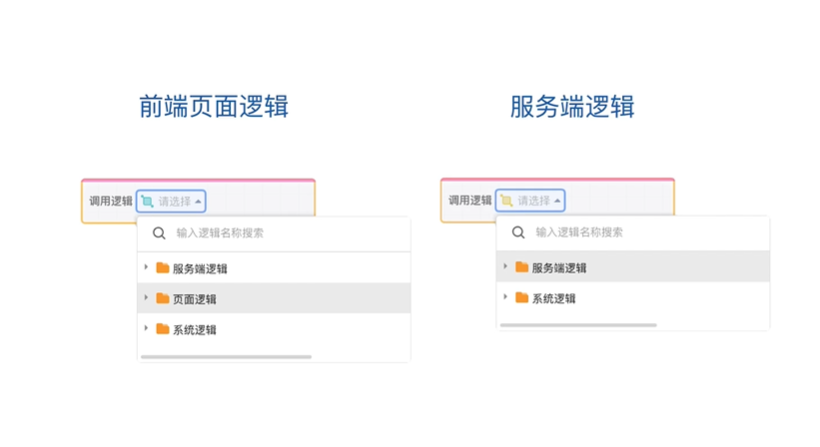mobileNet具体细节,在前面已做了分析记录:轻量化网络-MobileNet系列-CSDN博客
这里是根据网络结构,搭建模型,用于图像分类任务。
1. 网络结构和基本组件

2. 搭建组件
(1)普通的卷积组件:CBL = Conv2d + BN + ReLU6;
(2)深度可分离卷积:DwCBL = Conv dw+ Conv dp;
Conv dw+ Conv dp = {Conv2d(3x3) + BN + ReLU6 } + {Conv2d(1x1) + BN + ReLU6};
Conv dw是3x3的深度卷积,通过步长控制是否进行下采样;
Conv dp是1x1的逐点卷积,通过控制输出通道数,控制通道维度的变化;
# 普通卷积
class CBN(nn.Module):
def __init__(self, in_c, out_c, stride=1):
super(CBN, self).__init__()
self.conv = nn.Conv2d(in_c, out_c, 3, stride, padding=1, bias=False)
self.bn = nn.BatchNorm2d(out_c)
self.relu = nn.ReLU6(inplace=True)
def forward(self, x):
x = self.conv(x)
x = self.bn(x)
x = self.relu(x)
return x# 深度可分离卷积: 深度卷积(3x3x1) + 逐点卷积(1x1xc卷积)
class DwCBN(nn.Module):
def __init__(self, in_c, out_c, stride=1):
super(DwCBN, self).__init__()
# conv3x3x1, 深度卷积,通过步长,只控制是否缩小特征hw
self.conv3x3 = nn.Conv2d(in_c, in_c, 3, stride, padding=1, groups=in_c, bias=False)
self.bn1 = nn.BatchNorm2d(in_c)
self.relu1 = nn.ReLU6(inplace=True)
# conv1x1xc, 逐点卷积,通过控制输出通道数,控制通道维度的变化
self.conv1x1 = nn.Conv2d(in_c, out_c, 1, stride=1, padding=0, bias=False)
self.bn2 = nn.BatchNorm2d(out_c)
self.relu2 = nn.ReLU6(inplace=True)
def forward(self, x):
x = self.conv3x3(x)
x = self.bn1(x)
x = self.relu1(x)
x = self.conv1x1(x)
x = self.bn2(x)
x = self.relu2(x)
return x3. 搭建网络
class MobileNetV1(nn.Module):
def __init__(self, class_num=1000):
super(MobileNetV1, self).__init__()
self.stage1 = torch.nn.Sequential(
CBN(3, 32, 2), # 下采样/2
DwCBN(32, 64, 1)
)
self.stage2 = torch.nn.Sequential(
DwCBN(64, 128, 2), # 下采样/4
DwCBN(128, 128, 1)
)
self.stage3 = torch.nn.Sequential(
DwCBN(128, 256, 2), # 下采样/8
DwCBN(256, 256, 1)
)
self.stage4 = torch.nn.Sequential(
DwCBN(256, 512, 2), # 下采样/16
DwCBN(512, 512, 1), # 5个
DwCBN(512, 512, 1),
DwCBN(512, 512, 1),
DwCBN(512, 512, 1),
DwCBN(512, 512, 1),
)
self.stage5 = torch.nn.Sequential(
DwCBN(512, 1024, 2), # 下采样/32
DwCBN(1024, 1024, 1)
)
# classifier
self.avg_pooling = torch.nn.AdaptiveAvgPool2d((1, 1))
self.fc = torch.nn.Linear(1024, class_num, bias=True)
# self.classifier = torch.nn.Softmax() # 原始的softmax值
# torch.log_softmax 首先计算 softmax 然后再取对数,因此在数值上更加稳定。
# 在分类网络在训练过程中,通常使用交叉熵损失函数(Cross-Entropy Loss)。
# torch.nn.CrossEntropyLoss 会在内部进行 softmax 操作,因此在网络的最后一层不需要手动加上 softmax 操作。
def forward(self, x):
scale1 = self.stage1(x) # /2
scale2 = self.stage2(scale1)
scale3 = self.stage3(scale2)
scale4 = self.stage4(scale3)
scale5 = self.stage5(scale4) # /32. 7x7
x = self.avg_pooling(scale5) # (b,1024,7,7)->(b,1024,1,1)
x = torch.flatten(x, 1) # (b,1024,1,1)->(b,1024,)
x = self.fc(x) # (b,1024,) -> (b,1000,)
return x
if __name__ == '__main__':
m1 = MobileNetV1(class_num=1000)
input_data = torch.randn(64, 3, 224, 224)
output = m1.forward(input_data)
print(output.shape)待续。。。

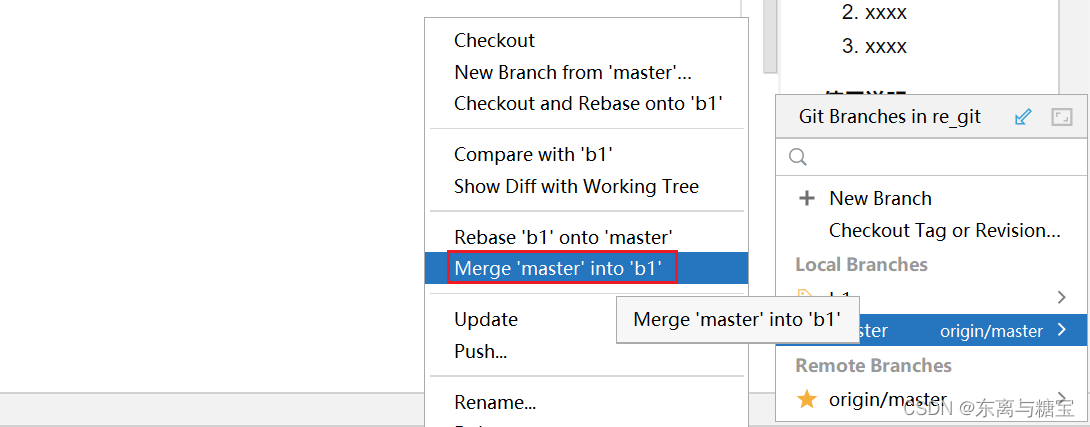

![2024年阿里云、腾讯云、华为云、LightNode、硅云服务器如何选?怎么买最划算?[最新价格表]](https://img-blog.csdnimg.cn/img_convert/6b3427a0bc6aaa7006f6a808f6b04dcf.png)
